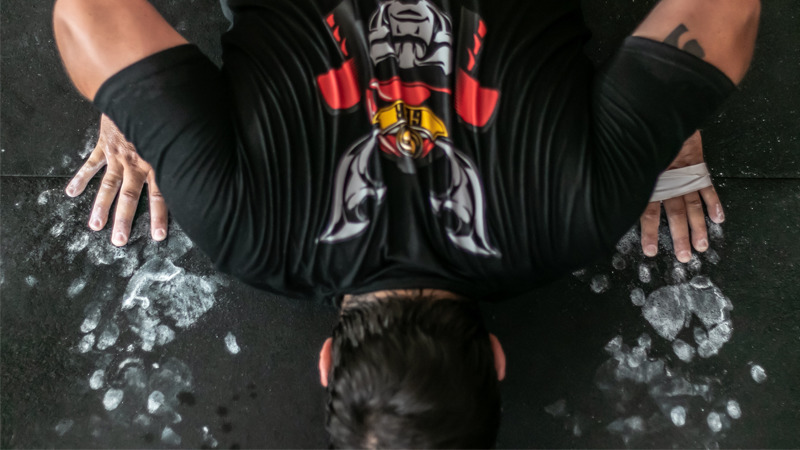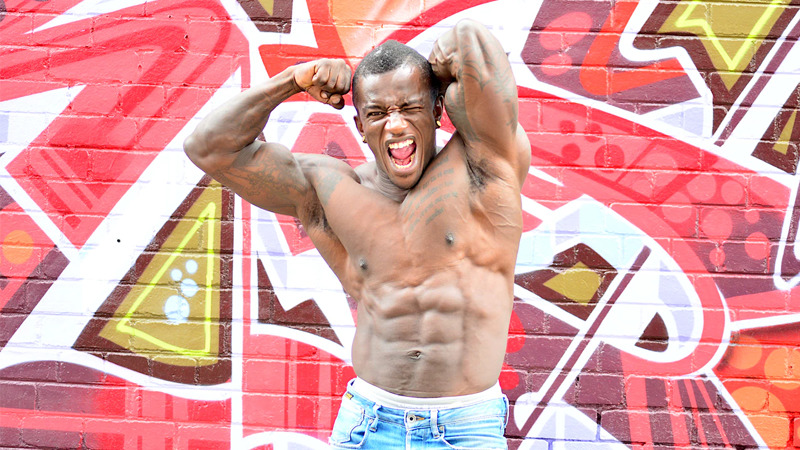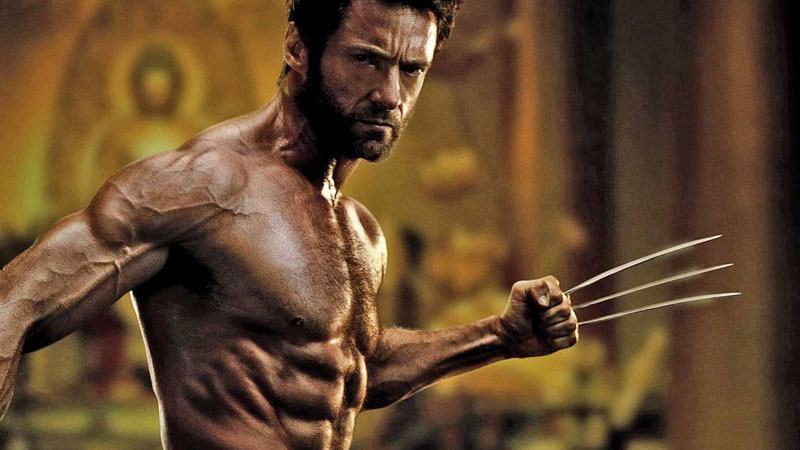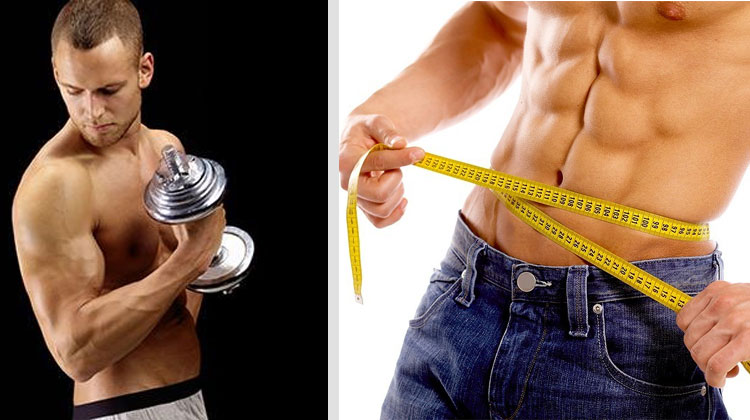
If you’re looking for a gym routine for losing weight, and want step your weight loss journey up a gear, then here’s a guide to help you achieve just that.
Losing weight can be hard, there seems to be so much conflicting information out there, which can leave you struggling in your quest to chisel out a great set of abs.
But fear not, Spot Me Bro has your back with a comprehensive guide to get the ball rolling as you look to shift those pounds.
With obesity on the rise across the globe, losing weight can only be a good thing, especially if you’ve turned into a fat f**k over the festive period!
Here’s just some of the benefits of losing weight:
- Better Sleep – Getting better sleep will not only improve your overall health, but you’ll be able to concentrate better, and you’ll be less likely to rip your significant other’s head off in the morning too!
- Stress Relief – stress is rife in today’s world, so regular exercise and a healthy diet will help you to steadily decrease the amount of stress in your life.
- You’ll Feel and Look Better – Start turning heads as people notice your weight loss. Your posture will improve, and it’ll give your overall health a boost too.
- Increased Sex Drive and Performance – Getting abs and being more likely to satisfy your sexual partner(s), what more could you ask for?
Which Body Split Works Best?

Image Credit: Muscle For Life
Full body routines are perfect to start shifting those pounds. You can cut down on rest times, and work each muscle group with every workout.
If you’re short on time, then compound movements will give you the best bang for your buck. Compound movements include the following exercises:
- Squats
- Deadlifts
- Bench Press
Otherwise known as the ‘big three’, these exercises are tried and tested, and allow you to work multiple muscle groups at the same time.
For that reason, we recommend full body routines, as opposed to dedicated training days for each muscle group.
How Often Do I Need To Train?

Image Credit: Exercise Equipment Warehouse
We recommend that you train 3-4 times per week for optimal weight loss, and perhaps even more if you’re a more advanced gym-goer.
However, it’s important to incorporate rest days in order to let the body recover.
It’s all well and good hitting the weights room hard, but enough recovery time is needed to ensure that you get the best from your workout every time. We know that it can be hard to resist constantly going back for another session. But we’re serious. Let your body rest.
Do I Need To Perform Cardio?
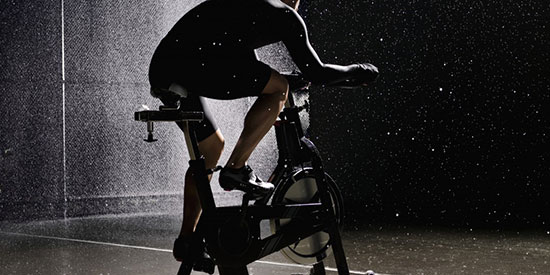
Image Credit: AskMen
While it’s not an absolute necessity, cardio has been proven to help melt fat away, as well as improving your overall health and well-being.
That makes it a perfect accompaniment to strength training, so we recommend that you incorporate it into your routine to accelerate your weight loss.
There are two types of cardio which you can perform – steady state and high intensity, both of which are explained below.
Steady State / Low Intensity Cardio
Low intensity cardio involves performing exercises at a constant, steady state, usually for around 30-60 minutes.
The exercises are performed at a low-medium intensity, which allows you to burn calories throughout the stated period.
This can be done on whichever form of cardio you like, whether that be the treadmill, stationary bike, or a rowing machine to name just a few.
High Intensity Cardio
The most common form of high intensity training is what’s known as ‘high intensity interval training’ or HIIT for short.
This involves performing short bursts of intense exercise, followed by a low intensity, or rest/recovery period.
As an example, you could perform 30 seconds of intense exercise followed by a rest period of 1 minute. Workouts using the HIIT method are usually anywhere from 10 minutes to 30 minutes in length.
HIIT has been proven to help burn a s**t tonne of calories, and you can often continue burning calories up to 24 hours after you’ve completed the workout.
Sound too good to be true? Well it’s a fact brah. We recommend that you give HIIT a try, as it will send you well on your way to reach your weight loss goals.
Will I Lose Muscle Mass?
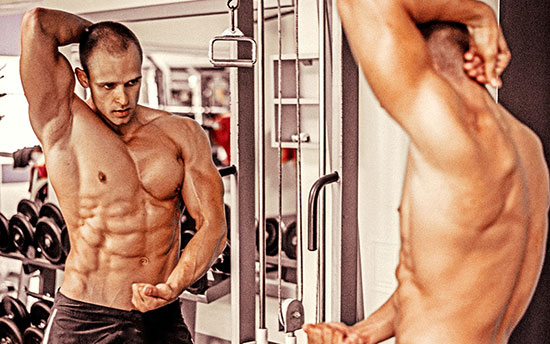
Image Credit: Muscle and Strength
Losing weight can sometimes lead to muscle loss, which you really don’t want – you’ll end up lacking definition, and your body won’t look as good as it could during the weight loss process.
As well as this, a loss of muscle mass can lead to loss of strength – meaning you’ll struggle with those lifts, brah!
If you go about it in the right way, then it’s possible to minimize muscle loss when losing fat.
One thing that you could do, is pay close attention to your protein intake. This will help to preserve muscle mass, which in turn maintains your strength levels.
Which Diet Do I Need to Follow?
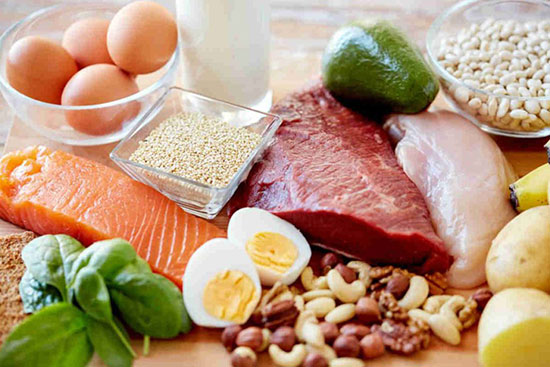
Image Credit: Tru Weight
They say that abs are made in the kitchen, right? Well that’s because it’s true. You can lift all the weights you want, but you won’t get the results you’re looking for if you follow a poor diet.
There’s plenty of diets out there, but what’s important is you find something that works for you. Fad diets lack longevity, and can lead to falling off track pretty easily.
So, what we recommend is you follow a diet which incorporates healthy fats, lean protein, and complex carbohydrates.
Also, don’t force down foods that you hate, choose ones which you like. This will make a weight loss process a hell of a lot more enjoyable.
But the biggest factor of losing weight is obtaining a calorie deficit. Otherwise, your efforts in the gym will be wasted.
Entering a Calorie Deficit
What’s needed to lose weight is what’s called a ‘calorie deficit’. In simple terms, this means you need to pay close attention to your caloric intake, in order to make sure you’re burning more calories than you consume.
Firstly, you need to work out your BMR (Basal Metabolic Rate). This is the amount of calories which your body needs in order to maintain your current weight.
Next, you will need to calculate your TDEE (Total Daily Energy Expenditure). Put simply, this is your BMR plus the amount of calories you burn on an average day.
To calculate your TDEE, then you can use a tool such as this one. Once you’ve done that, then comes the hard part – keeping a record of your caloric intake.
Don’t go overboard on your calorie deficit, though, as this is can lead to a loss of muscle mass, which we’ve already covered, in addition to lacking energy.
The sweet spot for optimal fat loss is a deficit of around 100-200 calories, only go lower if and when you reach a plateau.
Tracking Your Calories
While it’s possible to just ‘guesstimate’, you can sometimes be consuming more calories than what you think – which could potentially jeopardize your results in the gym. Sneaking those few crisps or bit of a chocolate bar can fu*k you here.
What we recommend is to track your calories on a daily basis, so you know exactly how many calories you’ve eaten, and whether or not you’re within your macronutrient goals.
What is a macronutrient? you ask. Protein, carbohydrates, and fats. You can use a calculator such as this one to calculate your optimal macronutrient levels.
Once you’ve calculated your macronutrient levels, then it becomes far simpler to track your caloric intake, which is now easier than ever thanks to tools such as MyFitnessPal, which we wholeheartedly recommend.
Gym Routine for Losing Weight
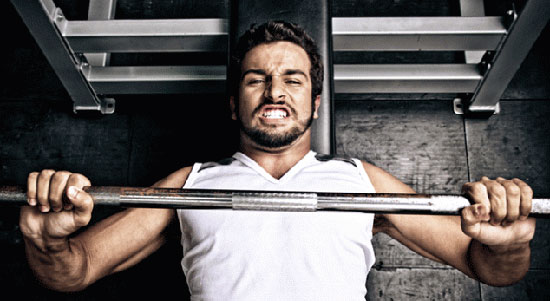
Image Credit: My Gym
Now you’ve learned about diet, training frequency, cardio methods, and more, now’s the part you’ve all been waiting for – the best gym routine for losing weight.
Here’s the plan, which consists of four training days per week. We recommend that you perform two training days, followed by a rest day, then repeat.
In terms of your actual workouts, then keep rest periods to a minimum – between 1-2 minutes between sets is optimal.
Here’s the workout:
Day One
- Deadlift: 3 sets of 12-15 reps
- Dumbbell Bench Press: 3 sets of 12-15 reps
- Kettlebell Step-Ups: 3 sets of 12-15 reps
- Pulldown: 3 sets of 12-15 reps
- Lying Leg Curl: 3 sets of 12-15 reps
- Shoulder Press: 3 sets of 12-15 reps
- Single Arm Row: 3 sets of 12-15 reps
- Cardio (Treadmill/Bike/Rower): 20 minutes at a moderate intensity
Day Two
- Bike Intervals: 1 minute sprint / 2 minutes recovery
- Close Grip Pulldown: 3 sets of 12-15 reps
- Weighted Ab Curl: 3 sets of 12-15 reps
- Narrow Grip Barbell Press: 3 sets of 12-15 reps
- Upright Barbell Row: 3 sets of 12-15 reps
- Pec Flyes: 3 sets of 12-15 reps
- Back Squat: 3 sets of 12-15 reps
Day Three
- Deadlift: 3 sets of 12-15 reps
- Dumbbell Bench Press: 3 sets of 12-15 reps
- Kettlebell Step-Ups: 3 sets of 12-15 reps
- Pulldown: 3 sets of 12-15 reps
- Lying Leg Curl: 3 sets of 12-15 reps
- Shoulder Press: 3 sets of 12-15 reps
- Single Arm Row: 3 sets of 12-15 reps
- Cardio (Treadmill/Bike/Rower): 20 minutes at a moderate intensity
Day Four
- Bike Intervals: 1 minute sprint / 2 minutes recovery
- Close Grip Pulldown: 3 sets of 12-15 reps
- Weighted Ab Curl: 3 sets of 12-15 reps
- Narrow Grip Barbell Press: 3 sets of 12-15 reps
- Upright Barbell Row: 3 sets of 12-15 reps
- Pec Flyes: 3 sets of 12-15 reps
- Back Squat: 3 sets of 12-15 reps
Conclusion
Well, there you have it bro’s. Your definitive guide to a gym routine for losing weight.
It’ll take blood, sweat, and tears. Well maybe not blood, at least we hope! But hard work and dedication will allow you to start losing weight in no time.
You won’t become as shredded as a men’s physique pro bodybuilder overnight, but consistency with your training and diet is the recipe to success when it comes to weight loss.
Spot Me Bro wishes you luck on your weight loss journey. Set yourself obtainable goals, and this will send you on the path to your ultimate physique.


